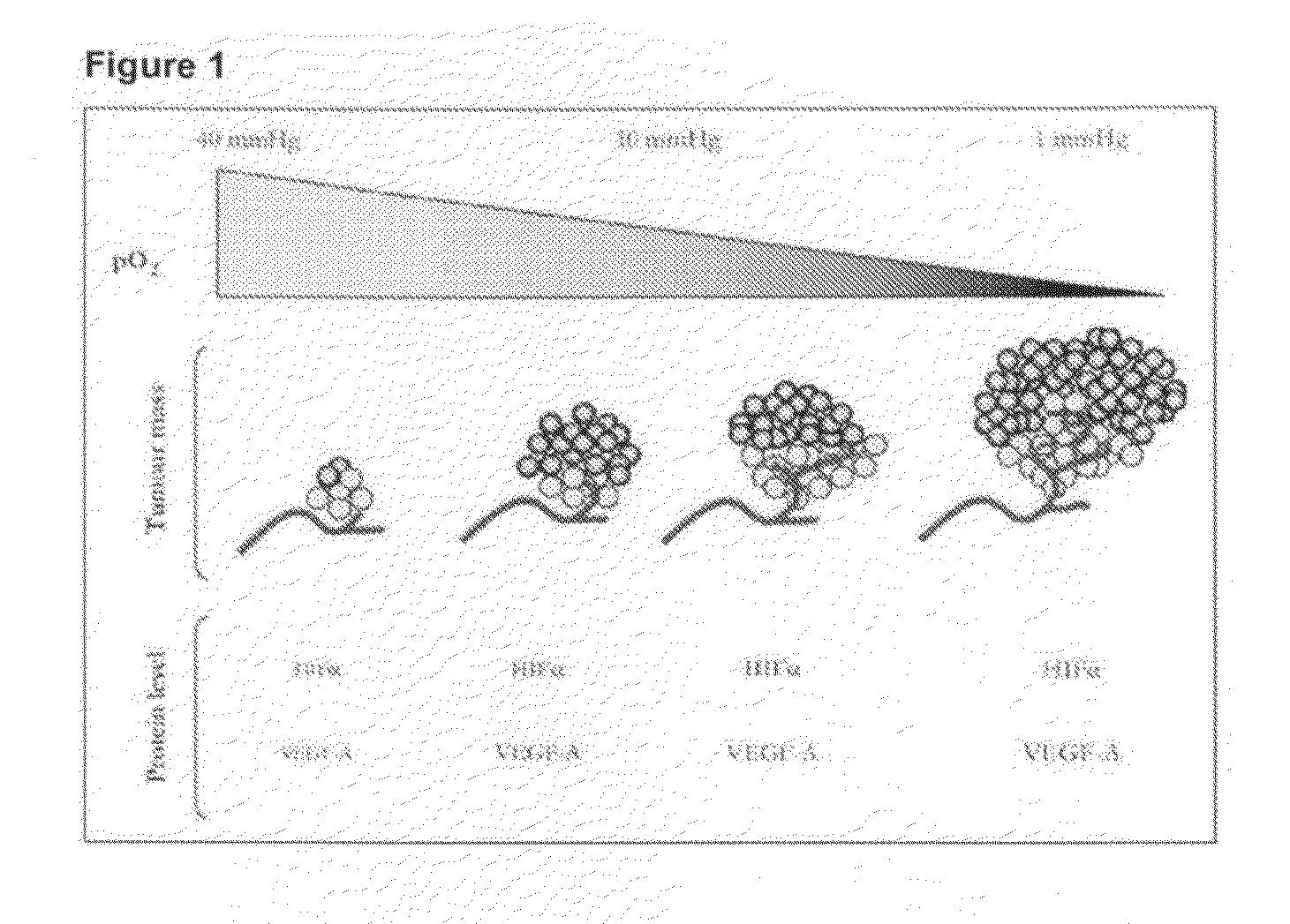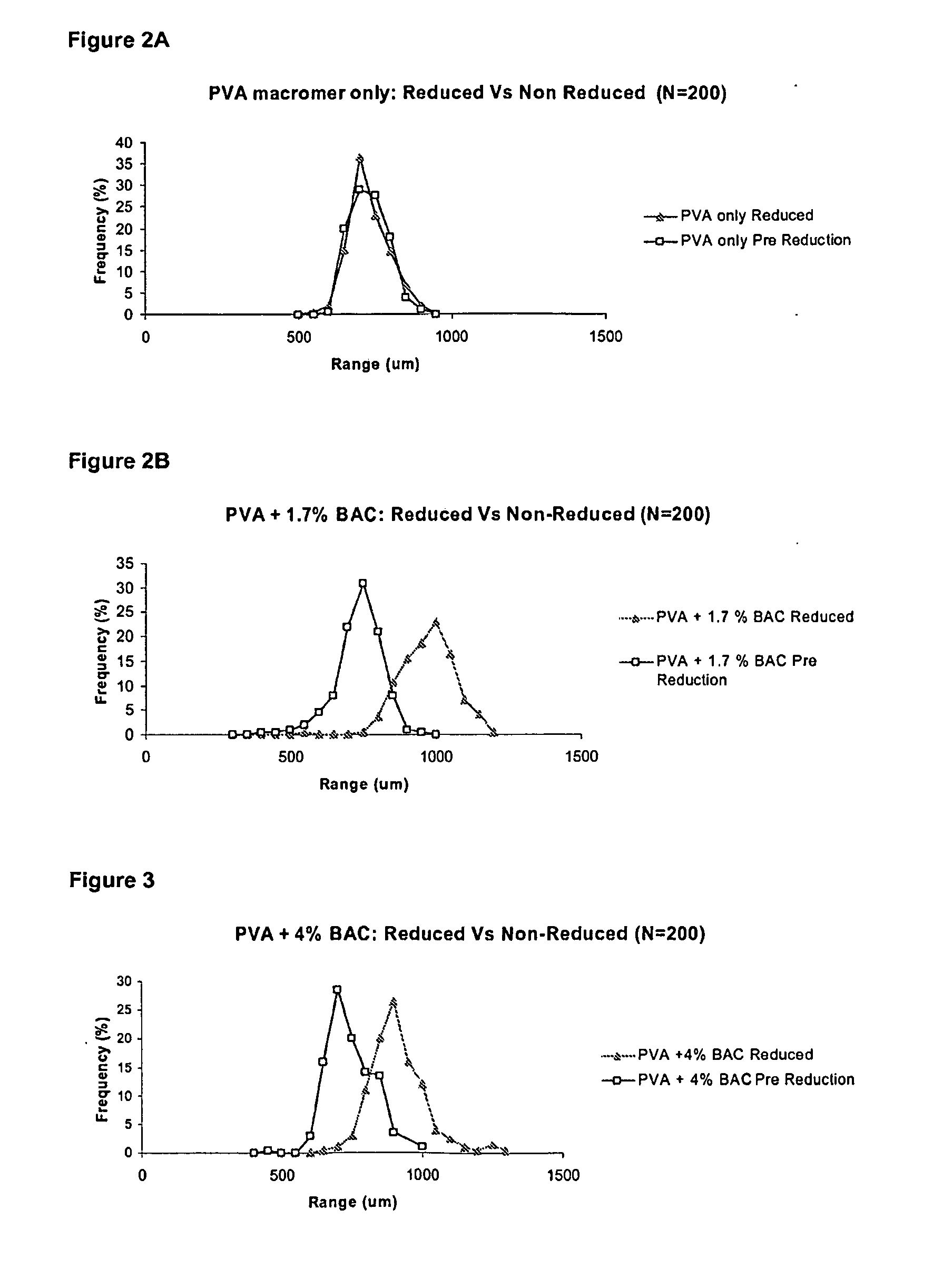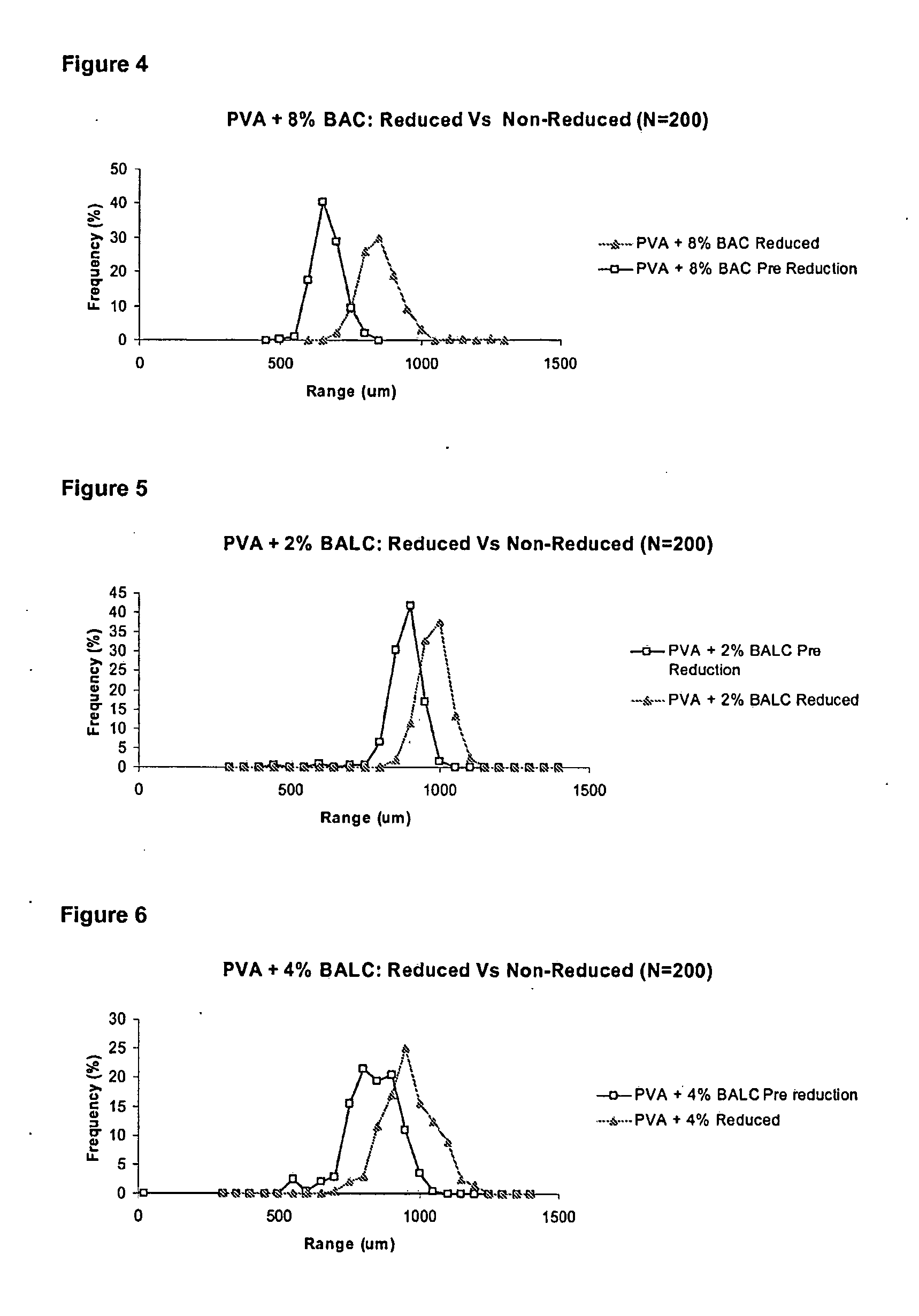Drug Delivery Systems
- Summary
- Abstract
- Description
- Claims
- Application Information
AI Technical Summary
Benefits of technology
Problems solved by technology
Method used
Image
Examples
example 1
Outline Method for the Synthesis of Disulfide Cross-Linker N,N′-bis acryloyl-(L)-cystine (BALC)
[0097]The disulfide cross-linker named BALC (chemical formula: C12H15O6N2S2) was prepared using a modified example presented in the paper “New poly(amido amine)s containing disulfide linkages in their main chain.” (2005), Journal of polymer science Part A: polymer chemistry, Vol 43, Issue 7, Pages 1404-1416.
[0098]The procedure included amidation and di-acrylation of cystine dihydrochloride (scheme 1).
[0099]In a 3 necked 500 mL flask, which was equipped with an overhead stirrer through the middle outlet, 12.1 g of cystine dihydrochloride and 15 mg 4-hydroxy-2,2,6,6-tetramethylpiperidin-1-oxyl free radicals, (TEMPO) was dissolved in 50 mL of water. The flask was placed in a water bath and the mixture was cooled to 0-5° C. with the use of ice and the temperature was observed with a glass thermometer. The over head stirrer was set to 150 rpm and the temperature was maintained at 0-5° C. throug...
example 2
Synthesis of Microspheres Crosslinked with N,N-bis(acryloyl)cystamine (BAC)
[0106]Microspheres of the invention were made by reverse suspension polymerisation in a 2 litre jacketed vessel with an over head stirrer.
[0107]The organic phase was composed of 600 g of n-butyl acetate and 11.5 g of cellulose acetate butyrate. The vessel was purged with nitrogen and a stirrer speed of approximately 400 rpm was utilised.
[0108]The aqueous phase consisted of a Nelfilcon B Macromer—a polymerisable macromer from the widely used water soluble polymer PVA, which is modified with N-acryloylaminoacetaldehyde. It is this functionalised PVA macromer that is heavily cross-linked with a disulfide cross-linker producing a microsphere containing reducible disulfide cross-links. The water content of the aqueous phase is made up to 130 g.
[0109]The disulfide cross-linking agent used in this example was purchased from Sigma Aldrich Inc. The amount of cross-linker to be used was predetermined by calculating a p...
example 3
Synthesis of microspheres cross-linked with N,N′-bis(acryloyl)-(L)-cystine
[0114]Microspheres of the invention were made with reverse suspension polymerisation, in almost exactly the same manner as for Example 2.
[0115]In this example the BALC was synthesised in-house. The cross-linker was hydrophilic and very soluble in water, unlike BAC; therefore, in the synthesis of BALC microspheres, no heating was required to dissolve the cross-linker in water. Due to the hydrophilic nature of the cross-linker, the percentage incorporation in the microspheres could be increased dramatically from 0% to essentially 100% cross-linked BALC microspheres.
[0116]After manufacture of the microspheres of Example 3, they were washed and cleaned as described in Example 2. Again, to confirm incorporation of the disulfide cross-linker in the microsphere, elemental analysis was performed on the different formulations of BALC microspheres. However, instead of drying down the beads in an oven and crushing them, ...
PUM
| Property | Measurement | Unit |
|---|---|---|
| Diameter | aaaaa | aaaaa |
| Diameter | aaaaa | aaaaa |
| Electric charge | aaaaa | aaaaa |
Abstract
Description
Claims
Application Information
 Login to View More
Login to View More - R&D
- Intellectual Property
- Life Sciences
- Materials
- Tech Scout
- Unparalleled Data Quality
- Higher Quality Content
- 60% Fewer Hallucinations
Browse by: Latest US Patents, China's latest patents, Technical Efficacy Thesaurus, Application Domain, Technology Topic, Popular Technical Reports.
© 2025 PatSnap. All rights reserved.Legal|Privacy policy|Modern Slavery Act Transparency Statement|Sitemap|About US| Contact US: help@patsnap.com



